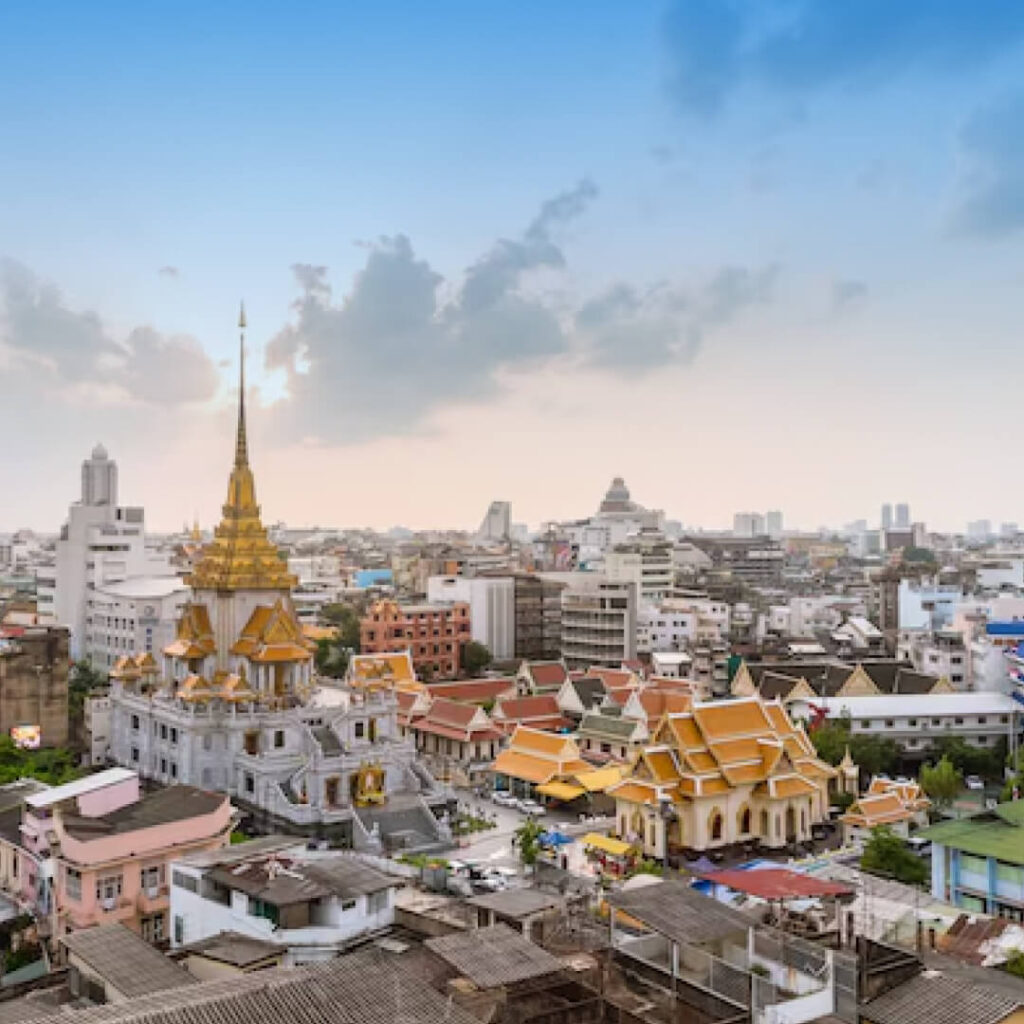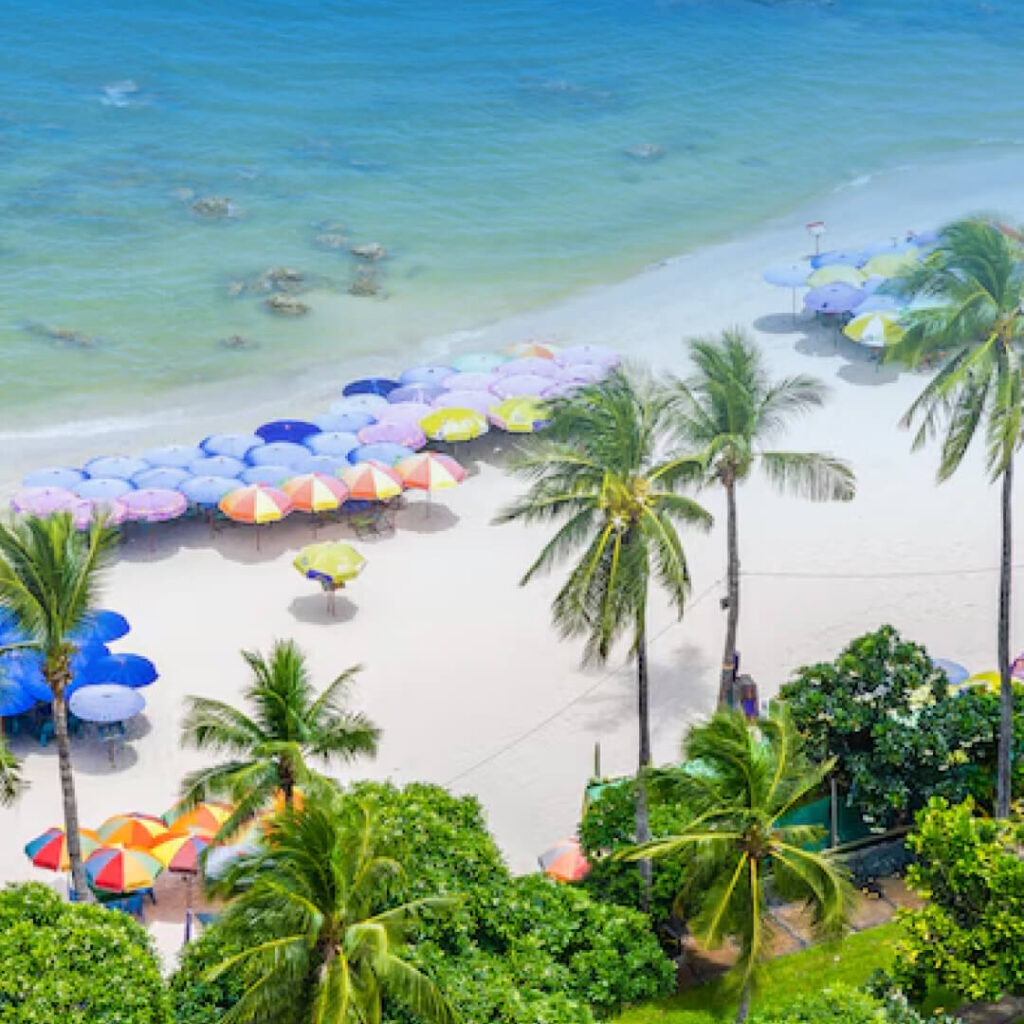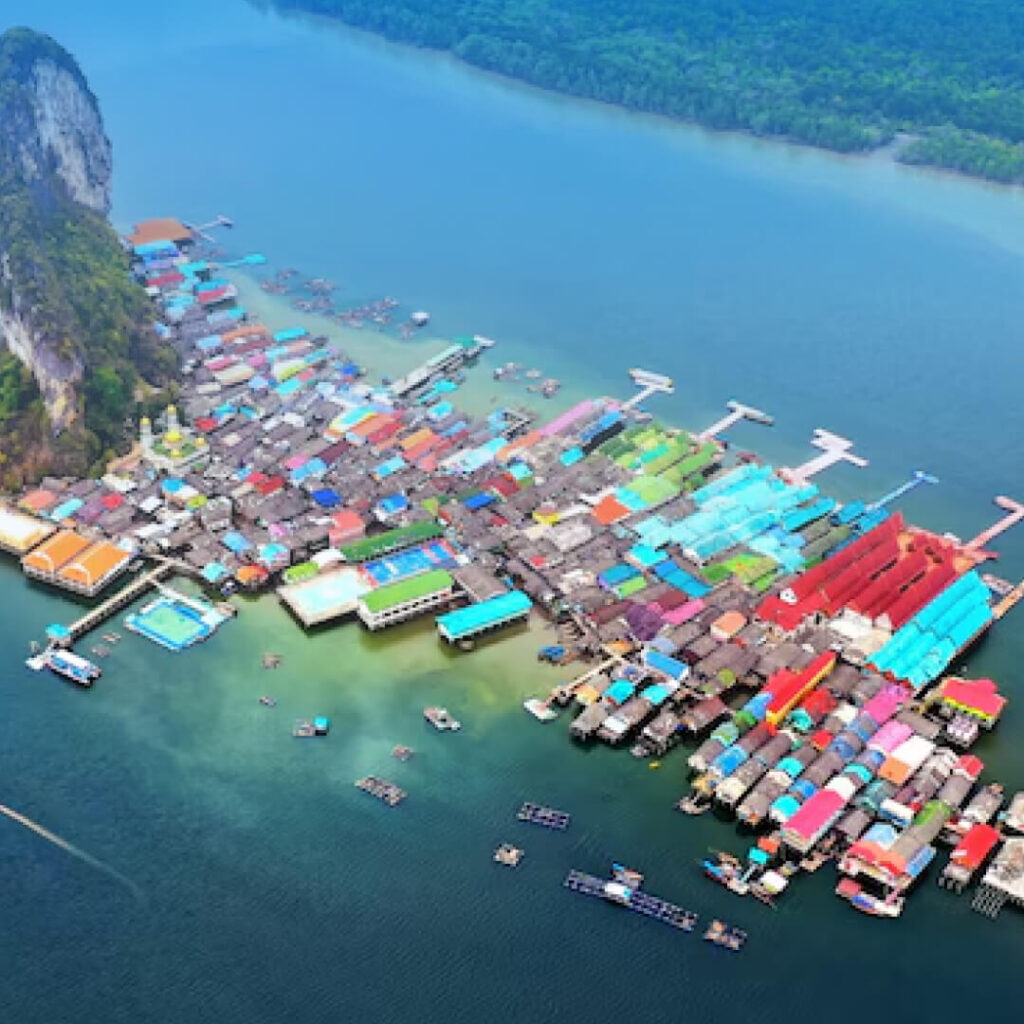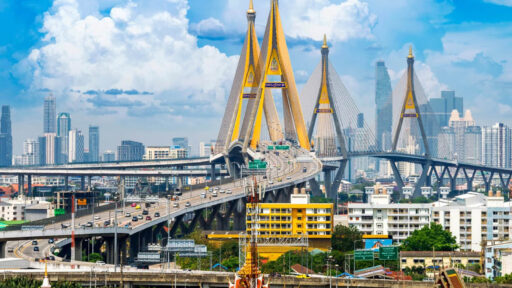Thailand, known as the “Land of Smiles,” is a year-round travel destination with stunning beaches, vibrant cities, and rich cultural heritage. However, choosing the right time to visit can significantly impact your experience. Thailand has three main seasons: the cool season, the hot season, and the rainy season. Each season offers unique attractions, advantages, and drawbacks. In this guide, we will explore the best time to visit Thailand based on weather conditions, festivals, and travel preferences.
Thailand’s Seasons Overview
Thailand’s climate is generally tropical, influenced by monsoon winds. The country experiences three distinct seasons:
- Cool Season (November – February): Pleasant temperatures and dry weather.
- Hot Season (March-May): High temperatures and humid conditions.
- Rainy Season (June – October): Heavy rainfall, particularly in southern and coastal regions.
Let’s explore each season in detail to determine the best time for your Thai adventure.
Cool Season (November – February): The Peak Travel Season
The cool season is widely regarded as the best time to visit Thailand. With pleasant temperatures ranging from 20°C to 30°C (68°F to 86°F), this period offers ideal conditions for sightseeing, beach vacations, and outdoor activities.

Why Visit Thailand During the Cool Season?
- Perfect Weather: The humidity is low, and the temperatures are comfortable, making it ideal for exploring cities and nature.
- Festivals and Events:
- Loy Krathong (November): Also known as the “Festival of Lights,” this event features thousands of floating lanterns on rivers and lakes.
- Yi Peng (November): A stunning lantern festival celebrated in Chiang Mai.
- New Year’s Eve (December 31 – January 1): Vibrant celebrations across Thailand, with fireworks and beach parties.
- Chinese New Year (January or February): Festivities in Bangkok’s Chinatown and other major cities.
- Best Time for Beach Destinations: The Andaman Coast (Phuket, Krabi, Phi Phi Islands) and the Gulf of Thailand (Koh Samui, Koh Tao) experience clear skies and calm seas.
Drawbacks of Visiting in the Cool Season
- Higher Prices: Due to peak tourist demand, flight and accommodation prices increase.
- Crowds: Popular tourist attractions can be crowded, especially in Bangkok, Chiang Mai, and major islands.

Hot Season (March-May): Best for Festivals and Island Exploration
The hot season brings soaring temperatures, often exceeding 35°C (95°F). Despite the heat, this period has its own charm, especially for beach lovers and festival-goers.
Why Visit Thailand During the Hot Season?
- Stunning Beach Weather: If you love sunbathing and water activities, this is a great time to visit islands like Koh Lipe, Koh Phangan, and Koh Phi Phi.
- Famous Festivals:
- Songkran Festival (April 13-15): Thailand’s traditional New Year celebration involves massive water fights across the country.
- Thai New Year Celebrations: Cultural performances and temple ceremonies take place nationwide.
- Fewer Tourists (Except During Songkran): Apart from the festival period, popular sites are less crowded compared to the cool season.
Drawbacks of Visiting in the Hot Season
- Extreme Heat: Sightseeing in cities like Bangkok and Ayutthaya can be uncomfortable.
- Risk of Heat Exhaustion: Staying hydrated and taking breaks from the sun is essential.
Rainy Season (June – October): Budget-Friendly and Lush Landscapes
The rainy season is characterized by heavy downpours, especially in September and October. However, it doesn’t rain all day; showers are usually brief but intense. Temperatures remain warm, averaging 25°C to 30°C (77°F to 86°F).
Why Visit Thailand During the Rainy Season?
- Lower Prices: Flights, hotels, and tours are significantly cheaper.
- Fewer Tourists: Attractions are less crowded, providing a more peaceful travel experience.
- Lush Green Landscapes: National parks, waterfalls, and countryside areas look breathtaking.
- Great Time for Surfers: The Andaman Sea has better waves for surfing, especially in Phuket and Khao Lak.

Drawbacks of Visiting in the Rainy Season
- Frequent Rainfall: Sudden storms may disrupt travel plans.
- Rough Seas: Boat trips to islands may be affected.
- Some Islands Close: Koh Similan and Koh Tachai close for conservation efforts during monsoon months.
Best Time for Specific Activities in Thailand
1. Beach Vacations
- Best Time: November – April (Cool and early hot season).
- Best Destinations: Phuket, Krabi, Koh Samui, Koh Tao.
2. Sightseeing and Cultural Trips
- Best Time: November – February.
- Best Destinations: Bangkok, Chiang Mai, Ayutthaya, Sukhothai.
3. Trekking and Adventure Travel
- Best Time: November – February (Cool season with comfortable temperatures).
- Best Destinations: Chiang Mai, Chiang Rai, Pai, Khao Sok National Park.
4. Island Hopping
- Best Time: November – April (Dry season with calm seas).
- Best Destinations: Phi Phi Islands, Similan Islands, Koh Lanta.
5. Festivals and Events
- Best Time: November – April (Major cultural festivals occur during this period).
- Best Destinations: Chiang Mai for Yi Peng, Bangkok for Songkran, Phuket for New Year celebrations.

Conclusion: When is the Best Time to Visit Thailand?
The best time to visit Thailand depends on your travel preferences:
- If you want the best weather and vibrant festivals, visit from November to February.
- March to May is ideal if you prefer fewer crowds and don’t mind the heat.
- For budget travelers and nature lovers, the rainy season (June to October) offers unique beauty and great deals.
No matter when you visit, Thailand promises an unforgettable experience with its warm hospitality, rich culture, and stunning landscapes. Plan your trip wisely, and enjoy everything this beautiful country offers!




